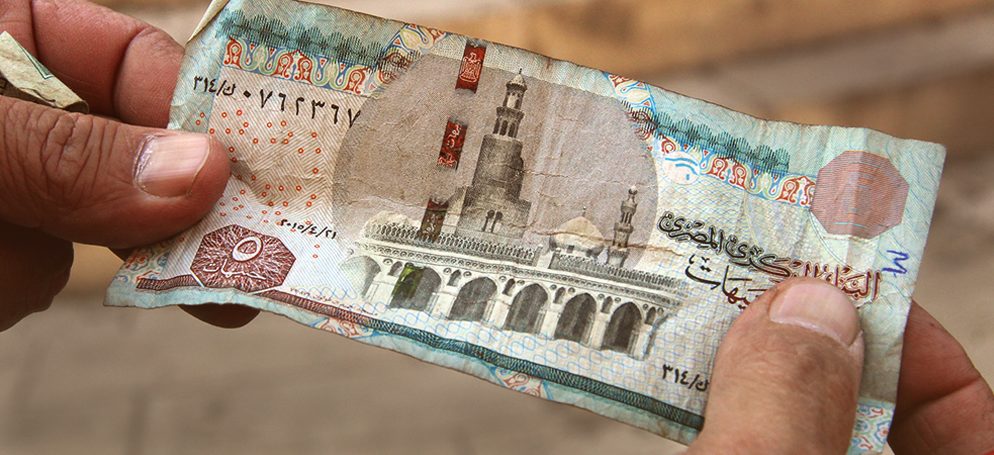
Egypt bolsters e-commerce credentials
One of Egypt’s most prominent annual celebrations, Sham el-Nessim, begins on 9 April and offers a chance to look at the country’s e-commerce opportunities.
In fact, Egypt is a market ripe for growth. Amazon’s Payfort predicts e-commerce will generate $2.7 billion by 2020, representing an incredible growth rate since the $1.4bn it was worth in 2014.
Sham el-Nessim is a national holiday marking the start of spring and is used as an excuse by both domestic brands and global giants like Coca-Cola to launch sizeable marketing campaigns. The celebration is a great leveller for Egypt, with the entire country joining in, regardless of religion or social class.
However, before you jump into the Egyptian market to make the most of opportunities like Sham el-Nessim, it’s worth pausing to understand the North African nations unique characteristics.
A growing opportunity
Firstly, there is no doubt that e-commerce is a massive opportunity in Egypt, underpinned by rapid technological growth. The country has the highest number of internet users in the Arab world, with the Ministry of Communication and Information Technology reporting an increase of 7 million users within one year, reaching 33.19 million in April 2017. High-speed internet subscribers rose to 4.57 million in April 2017, up from 4.05 million on the previous year.
Alia el-Mahdi, Professor of Economics at Cairo University, was recently reported as saying: “There is a lot of potential in the e-commerce market in Egypt. It is a large country with a huge population and a lot of untapped resources.”
There are several contributing factors to the bright outlook for Egyptian e-commerce industry, including a young population (with 62% of people under 30), strong government support for technology, and rocketing growth in smartphone use.
The challenge
However, the country does present some issues to e-tailers. The biggest of which is that the state is still primarily cash-based. Egypt has a low number of credit/debit card holders, around 10 million in a population of 98 million. 72% of e-commerce customers use cash for purchases, and only about 8% of total internet users shop online. The good news for online retailers is the rate of credit card issuance is growing at a similar pace to internet users, around 40% per year.
But today, it’s still crucial, when taking your first steps into the Egyptian market, to explore alternative methods of sale. Many brands in the country, for instance, offer cash on delivery as a payment option.
Egypt though is grasping the e-commerce opportunity with both hands. It launched its new e-commerce strategy last year, with the aim of doubling the number of businesses selling online by 2020. The government’s approach is designed to tackle the issue that currently less than 18% of large companies and just 3% of SMEs are selling online.
The plan is to become the largest e-commerce market in the Arab world, and the new initiative aims to tackle the causes of its e-commerce inertia. The main elements of the strategy will involve:
- Improving the supply of high-speed broadband, especially in rural areas
- Modernising Egypt’s postal authority
- Bolstering the legal and regulatory framework for e-commerce
- Building trust in online payments
- Strengthening education and apprenticeships in areas like online store management, digital marketing and data analytics
- Encouraging government employees to use e-procurement for low-value goods such as office supplies
The government devised this strategy in association with the World Bank and other United Nations agencies, as well as Chinese e-commerce giant Alibaba.
With such strong government commitment, there is no doubt that, as internet usage continues its rapid growth path, Egypt will become an increasingly attractive market for any e-tailer.